It began with a flicker—almost imperceptible—on the edge of a woodland path, where ramsons rise in spring and the river murmurs past the remains of an old beech wood. She hovered beside a lone buddleia, wings blurred into a hum that mimicked a bird but belonged to something smaller, something more akin to a fairy. Something magical.
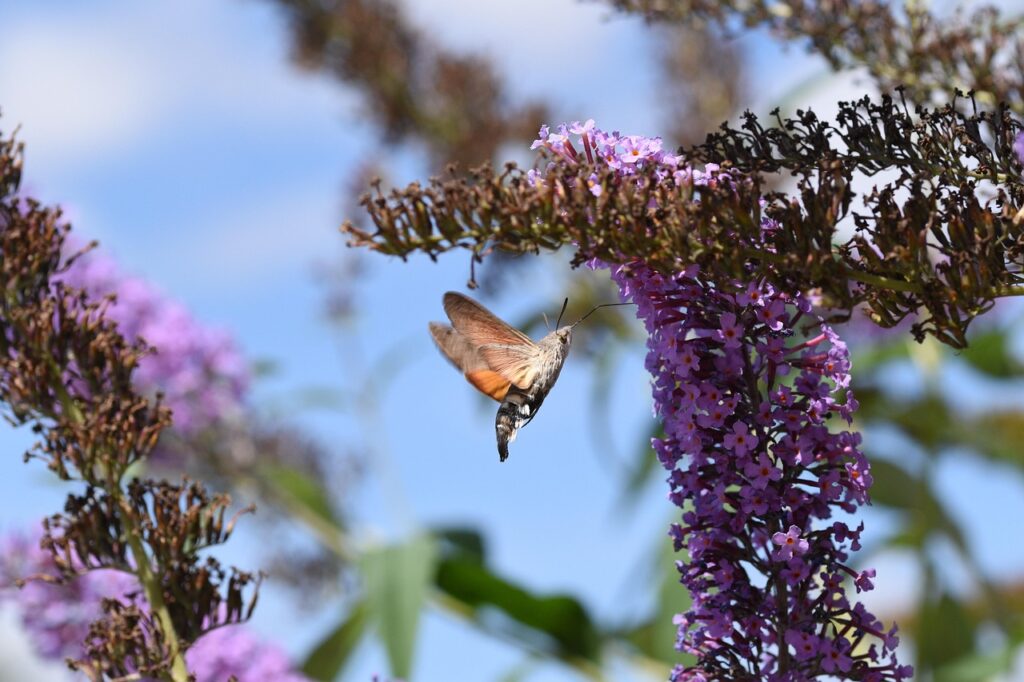
I hadn’t seen one before, but from that moment, I never seemed to miss her again—the beautiful hummingbird hawk-moth. Each summer since, she returns. Not always to the same flower, but always to the same feeling—that soft hush of awe that floods the garden when her silhouette joins the season. There’s no announcement, no ritual, only memory stitched into wings and weather. And somehow, she chooses here.
The Traveller
She is no ordinary garden guest. She arrives on wings that remember warmer skies, sweeping in from the sunlit coasts of North Africa or Southern Europe. Her flight is purposeful, quiet, powerful—a migration stitched into instinct rather than memory, carried not through flocks but through solitude.
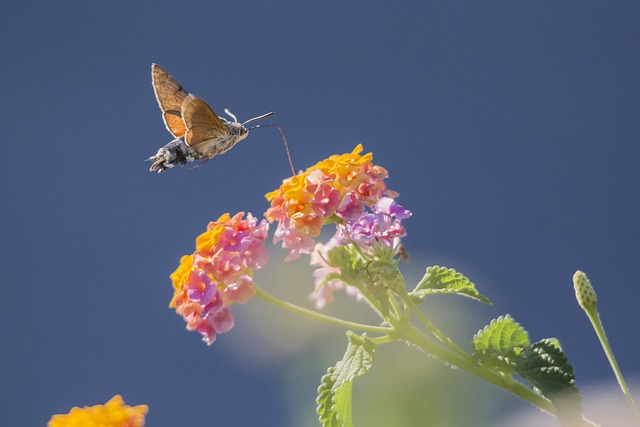
By day, she dances in the open air, unlike many of her nocturnal cousins. Her wings beat up to 85 times per second, humming with urgency as she drinks from flowers mid-hover—a motion shared only by hummingbirds and dreams.
Her presence is fleeting—but deliberate. She doesn’t wander. She arrives, and it always fills me with childlike enchantment when I spot my fairy friend in the garden each year. And each arrival is a testament. To resilience. To precision. To the incredible magic in the natural world all around us. How does something so tiny and delicate in appearance achieve such a massive feat?
Choosing the Wild
She bypasses the bold, showy blooms—the ones bred to be ornamental, designed for admiration rather than nourishment. She doesn’t linger on roses, geraniums or petunias. Instead, she seeks out the sprawling tendrils of honeysuckle and the wild sticking cleavers—those climbing, clinging “weeds” that most would pull without a second thought. But to her, they’re sanctuary. Sustenance. Perhaps even lineage.
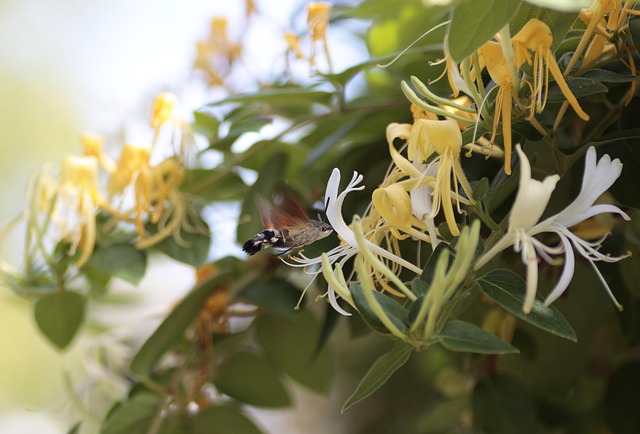
The cleavers grow in the quiet corners of my garden. Not planted, but permitted. Their whorled leaves and tiny, star-shaped flowers are often overlooked, even dismissed. But she knows them. She remembers. She returns. It’s an act of instinct, yes—but it feels like choice. Like wisdom. She teaches me that wildness holds a deeper intelligence. That what we deem messy might be medicinal. That the plants we ignore might be the ones who cradle tiny eggs, feed soft bodies, and anchor returning wings.
The Pause
She doesn’t always land. Most years, her visits are aerial ballets—fast, hovering, gone.
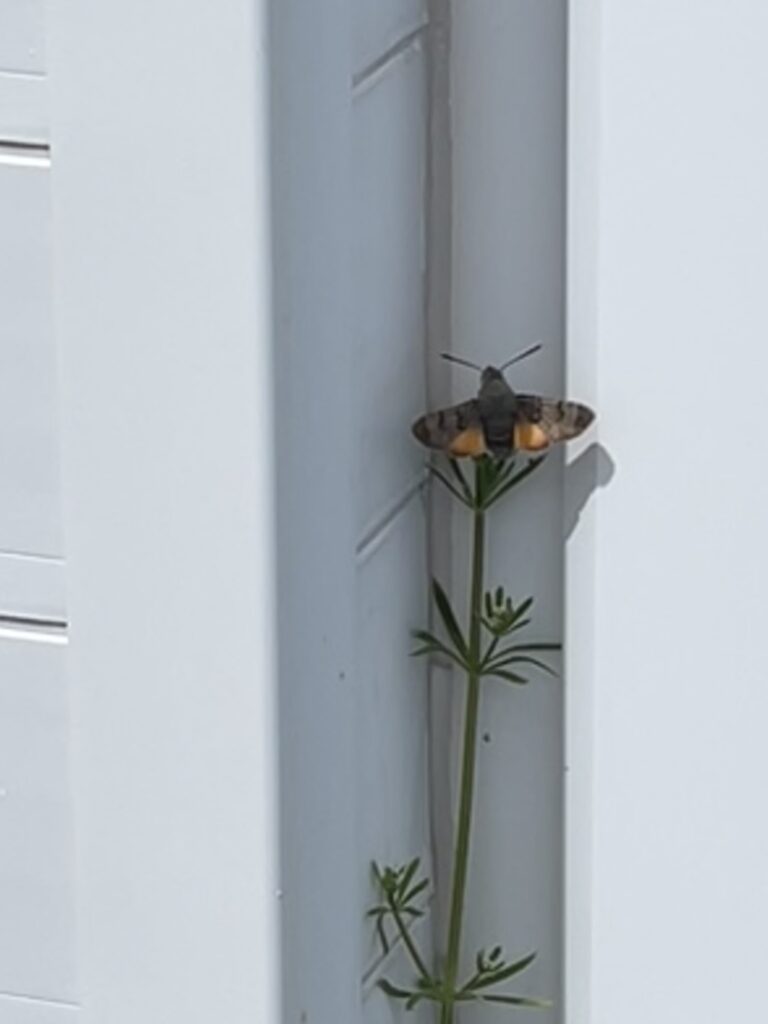
But this time was different. In the dappled quiet of morning, she paused on the cleavers. Just for a moment. Her slender body brushed against the leaves with purpose, and I dared to hope: was she laying eggs? I watched in stillness, camera in hand, heart thudding like wings.
Later, I watered the cleavers—not for the plant’s sake alone, but for the possibility of new life. The sun was high, the heat unrelenting, and I couldn’t bear the thought of her tiny future shrivelling before it began.
Then, the moment that still floods me with wonder: wings beating in my ear for a breath before she landed on my shoulder. Brief, weightless, astonishing. A second or two—but long enough to feel chosen. Seen. Maybe even trusted.
That pause was more than stillness. It was a gift.
A threshold. And perhaps, beneath the cleavers now, soft bodies are growing in secret—dreaming of wings before they even open their eyes.
Reciprocity
She teaches me that gardens are more than spaces to tend—they’re invitations. And mine, with its quiet cleavers and patient honeysuckle, seems to offer something she remembers. Each year she returns, and each year I try to meet her halfway: by letting the wild corners be, by planting not just for beauty but for nourishment, by noticing. And maybe she’s chosen me, not just for what grows, but for how I greet her. I hold the hose gently over the cleavers on hot days.

I resist the urge to tidy when she might be dreaming beneath the honeysuckle.
I walk slowly, listen deeply, and welcome awe.
She hovers, drinks, rests. I witness, water, protect. That is our exchange.
Fragile but deliberate. A rhythm shaped not by obligation, but by kinship. And in these smallest acts—a landing, a pause, a whispered beat of wings—I begin to understand what it means to belong to a place, and to be belonged to.
An Uncertain Farewell
It is not certain if I will see her again this season. She will travel now, soaking up the sun and feeding on the nectar of buddleia and valerian in the local area before heading back south.
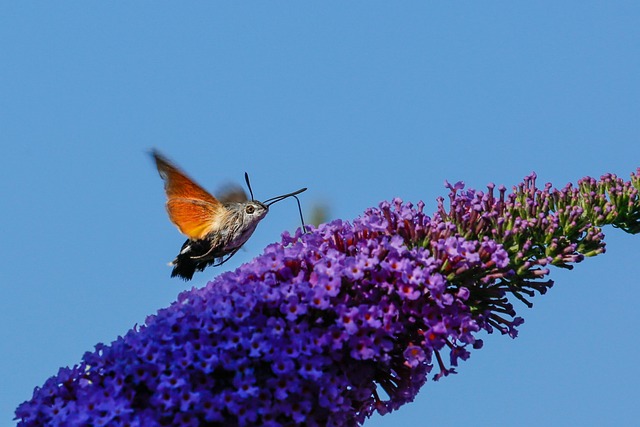
Her life is fleeting and she will live not much longer than seven months.
But I look forward with hope and anticipation towards the future.
Towards a new season.
Towards next summer—when I may once again catch a fleeting fairy out of the corner of my eye, or hear the gentle hum of delicate wingbeats as her story once again unfolds in the hush of summer.
Still basking in the balm of summer? Step into my Solstice Reflections to continue the hush…or, if you’d prefer to foster that sense of belonging, join our Facebook circle here – a space for quiet awe, wild gardens and teulu enaid.
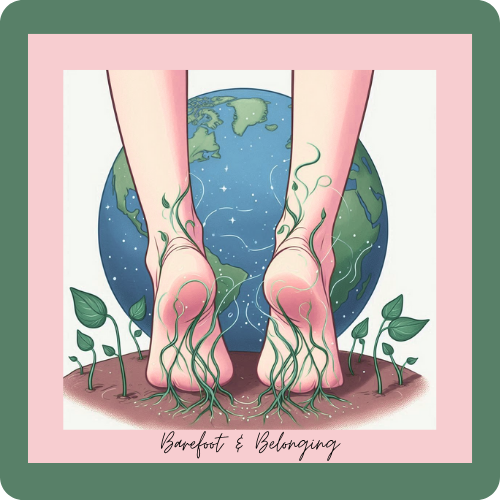
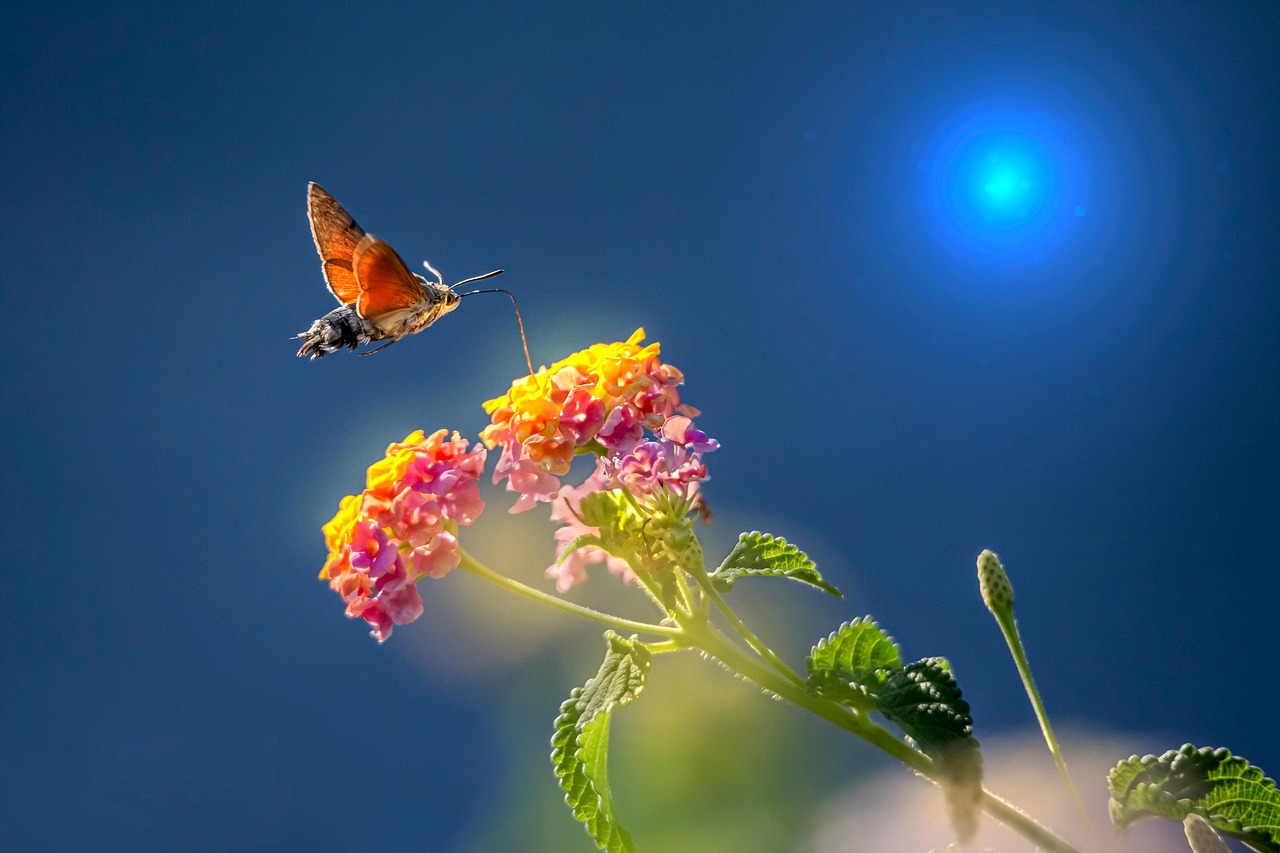
Leave a Reply